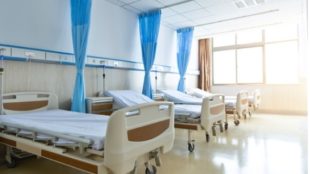Ozempic: A Miracle Drug or the Start of a Public Health Crisis?
(Source) Ozempic, an injectable diabetes drug manufactured by Novo Nordisk, has recently increased in popularity and has caught the attention of celebrities and the general public alike. Known for its significant weight loss effects, Ozempic and similar products are changing how Americans approach nutrition, exercise, and body image. In addition to these potentially dangerous changes, the popularity of Ozempic exemplifies the potential dangers of off-label usage of drugs, as Ozempic’s intended audience struggles to access the medication due to its boom in popularity. What is Ozempic, and how does it work? The Food and Drug Administration first approved Ozempic, a drug used to treat diabetes, in 2017. The active ingredient in Ozempic is semaglutide, which lowers blood sugar levels and regulates insulin, making it a crucial ingredient for those with type 2 diabetes. Semaglutide indirectly promotes weight loss as it imitates a naturally occurring hormone called glucagon-like peptide-1 that limits appetite by telling our bodies that we feel full and causes our stomachs to empty at a slower pace. Semaglutide makes patients feel fuller faster, and others have reported that their “food noise,”, or constant thoughts surrounding food, have disappeared after taking the drug. Ozempic is not the [read more]





